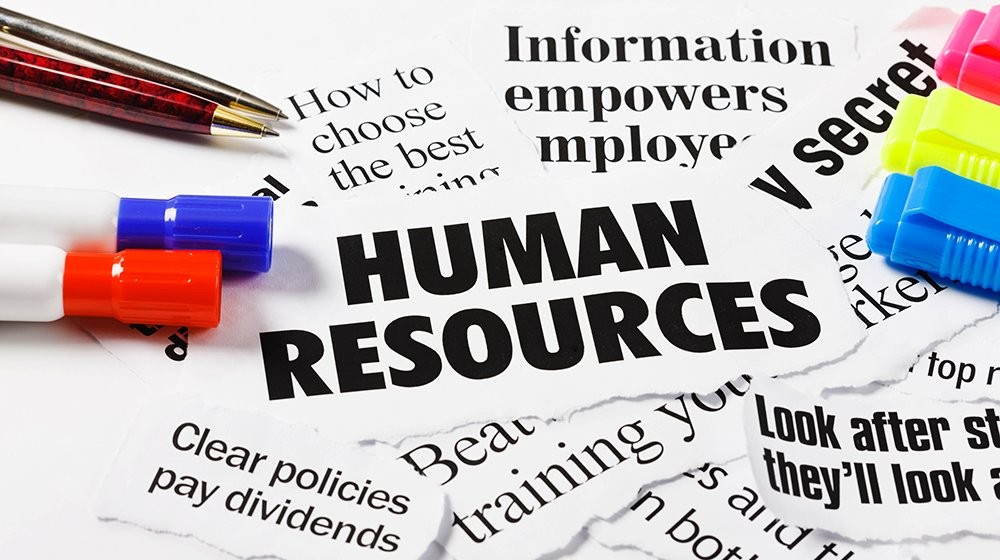- Solutions
- Compassionate Business/Professional/Healthcare Development and Certification
- Leading with Compassion Training and Certificate Program
- Compassionate Teamwork Training and Certificate Program
- Compassionate Human Resources Management Training and Certificate Program
- Managing with Compassion Training and Certification Program
- Compassionate Entrepreneurship Training and Certificate Program
- Compassion, Diversity and Inclusion Training and Certification
- Stress, Burnout and Compassion Training and Certificate Program
- Compassionate Organizational Behavior Training and Certificate Program
- Business and Professional Ethics Training and Certificate Program
- Measurable Skills Development for Universities, Colleges and High Schools Accreditation
- Business and Professional Ethics Training and Certificate Program
- Managing with Compassion Training and Certification Program
- Compassionate Human Resources Management Training and Certificate Program
- Compassionate Teamwork Training and Certificate Program
- Stress, Burnout and Compassion Training and Certificate Program
- Leading with Compassion Training and Certificate Program
- Compassionate Organizational Behavior Training and Certificate Program
- Compassionate Entrepreneurship Training and Certificate Program
- Brightsity Consulting Services
- Certifications
- Well-Being/Self-Development
- Articles
- Frequently Asked Questions
- About Us
- Login
- Compassionate Business/Professional/Healthcare Development and Certification

ARTICLE
December 09, 2020
Rolling out Brightsity’s Human Resources Certifications – and more
A competency based - well being templated taste of the 925 occupational development opportunities going live in 2020. This is our movement towards occupational certification using psychoeducational, motivational interviewing and P2P approaches, supported by psychometric evidence in one occupation, Human Resources Managers. Here is an early version of one session (now broken out) where participants have already worked out the intra and interpersonal skills at the base of the HRM competency map, and are moving into their technical competencies for the occupation.

Human Resources Skills Training (HRST) Set 3: Business Knowledge Competencies
(Week) Session 5:
Over the course of the next several sessions we are going to be taking a slightly different approach to developing your competence. Now that you are moving quite smoothly with your colleague, the time has come for you to serve as a conduit to the professional community by developing your social capital. Social capital is the capacity for your knowledge, skills and abilities to make a difference in another’s well-being by providing opportunities, sharing knowledge, skills and abilities to others and benefiting accordingly.
We will be reading and developing knowledge as before, but will now be also reaching out into the HR community to ask specific questions regarding competence, experience and insights, then bringing it back to our partners in our sessions as a blend of our experiences, expertise and new insights garnered by interacting with external subject matter experts. Where can you find these subject matter experts? From Listservs, Yahoo, LinkedIn, Google groups, your current workplace and most importantly, Associations. The critical understanding is that you might not have experience in the areas we are discussing, or years. The important appreciation is that you have much to gain from considering new perspectives while growing your network and sharing with your partner when you meet next.
Given the time you will be investing in contacting another Human Resources expert, taking notes and preparing your weighed responses to your partner over the course of the week, the readings will be much shorter this week and during the external contact sessions.
A few notes on interacting with your subject matter expert. Please recognize the generosity of the subject matter expert (SME) in sharing their experiences with you. Revisit our first session on active listening to consider the critical relevance of listening to growing your network. Remember that the SME was once in your position as they learned and grew into their position. Ask not only the provided questions, but for advise in growing your career and inviting an opportunity to help them as they continue to develop.
Ask yourself the questions first, formulating a response, writing it down and once done, contact your HR SME. Once you have taken in all the information, please prepare the difference between the two perspectives for your partner and when the meeting takes place, share both perspectives with your partner.
Knows Business Systems Thinking and Human Resources Department Organization
The Human Resources Department is structured, organized and equipped to provide overall strategy, direction and effective management of an organization’s human resources function to accomplish organizational objectives. Time has come to explore how HR department leaders achieve organization objectives, are part of management’s strategic planning effort and assist in making decisions that affect bottom-line results. These questions both help ensure that HR’s efforts are in accord with customer needs and suggest ways HR teams can take the lead in helping customers get the most out of the organization’s human resources.
Questions For (You and) Your External Subject Matter Expert:
- Is there one department or function within the organization that is responsible and accountable for planning, establishing, overseeing and coordinating all human resource policies, systems and services?
- How does senior human resources management participate in addressing the organization’s strategic, tactical and policy issues?
- How does the senior human resources manager integrate all HR activities with the organization’s strategic business plan?
- How does the Human Resources department demonstrate a clear understanding of organizational and customer needs? What methods do they use to identify the needs,
- and ensure the system is sensitive to these needs? How are these needs measured?
- How are HR services and functions aligned and prioritized to meet organizational/employee and customer needs?

Knowledge of Organizational Mission
Understanding and communicating department functions and services to all customers is a critical component of all HR departments, and management must have the capability to ensure that all staff objectives and internal relationships are defined. Ensuring HR staff’s dual role as internal consultants to management as well as counselors to employees is recognized and rewarded is another walk along the tight wire for HR Leaders, but detailing and sharing staff competence and flexibility, cross-training, balancing employee needs with business needs and a bottom-line results orientation will help move organizational productivity and recognition of HR.
Questions For (You and) Your External Subject Matter Expert:
- Has a department mission statement been developed explaining its purpose within the organization? How? How has the mission statement been communicated to all management personnel? How has this mission statement been communicated to other stakeholders throughout the organization? If so, to whom? How effective has the dissemination been? What benefits have been reaped? With what evidence?
- How has the Human Resources department taken the lead in striving for a more empowered and participative work force (productivity improvement, cost reduction, quality improvement, employee engagement and employee satisfaction improvement and improved quality of work life programs, etc.?)
- Has a Human Resources department organization chart been published and distributed? If so, to whom? Who else might need this information? How does the organization chart define functional responsibilities and where customers can contact if service is needed? What measurable effect has this had?
Knows Business Processes to Improve Efficiency and Effectiveness
Human resources planning is particularly important for improving efficiency and effectiveness in emerging, rapid-growth and high tech businesses. While it can be argued that these days there is no such thing as “mature” businesses, even well established firms in need of new products, services, markets, acquisitions or divestitures must plan to identify, attract and reallocate the talent necessary for innovation, creativity and competition. Understanding internal assessment takes time and requires a huge amount of focus. Staying on top of organizational development activities in management development, training, career and succession planning make satisfying workforce a continual process within the HR organizations.
Questions For (You and) Your External Subject Matter Expert:
- Is there one position accountable for reviewing the organization’s human resources requirements? How is this review carried out? Formally/informally? (please describe)
- How often is this analysis updated (e.g., yearly, every two years, three years or more)?
- Do your projected needs include the following considerations? Availability of outside workforce demographics (age, sex, minority classification, education, skills level, occupations, etc.), and anticipated changes in your organizations technology, processes, products/services and markets? Personnel needs these changes will require (e.g. new skills, education, knowledge and abilities).
- Which sources outside the organization provide these demographics?
- What sources within the organization are provided this information?
- To whom are these projections communicated?
- How often?
- How far into the future?
- Is the assessment used for training purposes? Recruitment purposes? Succession Planning?
Knows Value Chain
Knowledge possessed by human capital is among the most significant of an organization’s capabilities and is the core of all competitive advantages. Critical capabilities are often based on developing, distribution, and exchange of information and knowledge through human capital. Because knowledge base is grounded in organizational actions that may not be explicitly understood by all employees, making capabilities explicit, sharing the commonality across divisions with repetition and practice increase the value of a firm’s capabilities.
Capabilities are often developed in specific functional areas (such as HR, manufacturing, R&D, or marketing) or in a part of a functional area (for example, advertising). The value chain, popularized by Michael Porter’s book Competitive Advantage, is a useful tool for taking stock of organizational capabilities. A value chain is a chain of activities. In the value chain, some of the activities are deemed to be primary, in the sense that these activities add direct value.
For example, primary activities can be logistics (inbound and outbound), marketing, and service. Support activities include how the firm is organized (infrastructure), human resources, technology, and procurement. Products pass through all activities of the chain in order, and at each activity, the product gains some value, with the key question being how much value is added and how. An organization is effective to the extent that the chain of activities gives the products more added value than the sum of added values of all activities. The value chain is not the same as the costs occurring throughout the activities. For example, a diamond cutter may have a low cost, but the activity adds value to the end product, since an uncut diamond is less valuable than a cut and polished diamond.
Questions For (You and) Your External Subject Matter Expert:
- What is the difference between a tangible and an intangible resource or capability? Where does HR lay within the value chain? How does HR add value in tangible and intangible ways to the organization (in recruitment, selection, training, development, compensation, workforce planning? Performance management, etc.)?
- What are some of the core competencies of HR?
- Are there circumstances in which competitive advantage for an organization might be fleeting?
The full blown courses should be out by the end of the year - keep your eyes peeled or contact me to begin!
















